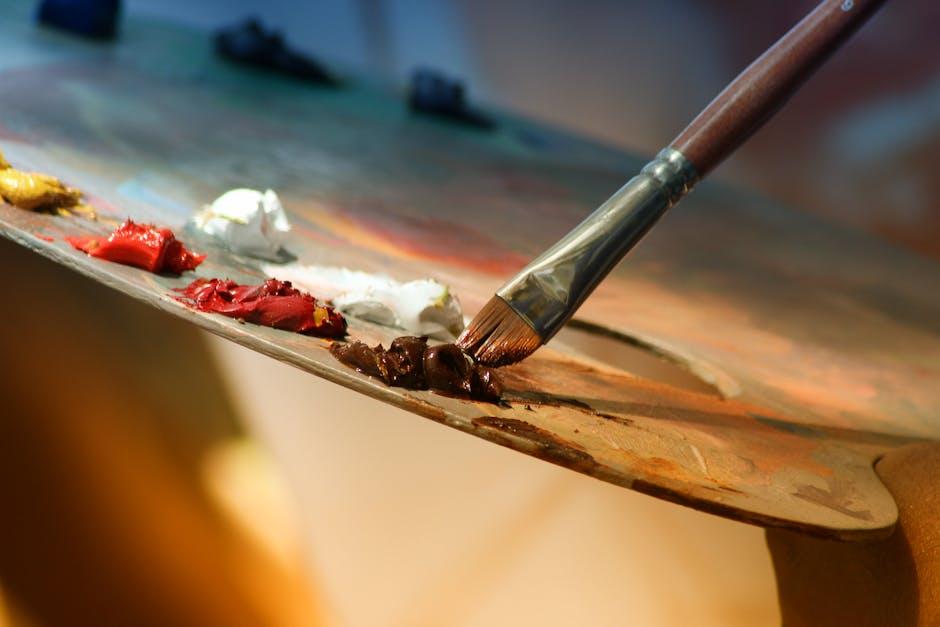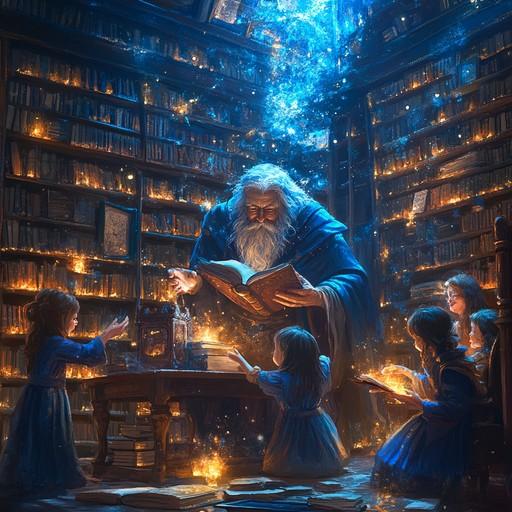In the realm of cinema, the director stands as the architect of emotion, wielding visual cues to sculpt narratives that resonate on a profound level. This intricate dance between sight and sentiment is no mere accident; it is a deliberate craft honed to perfection. By harnessing elements such as lighting, color, composition, and movement, directors guide audiences through a labyrinth of feeling, creating an immersive experience that transcends dialogue. This article delves into the nuanced strategies employed by directors to shape emotional narratives, exploring how these visual techniques not only enhance storytelling but also forge a visceral connection with viewers.
Crafting Atmosphere: The Director’s Palette of Colors
In the world of cinema, color is a silent narrator that speaks volumes about the emotional undertone of a scene. Directors meticulously choose their palette to evoke specific feelings and guide the audience through the narrative landscape. Bold reds can convey passion, danger, or urgency, while cool blues often evoke calmness or melancholy. These choices are far from arbitrary; they are strategic tools that craft the viewer’s emotional journey.
- Warm tones – Often used to signify comfort, warmth, or nostalgia.
- Monochrome palettes – Can highlight themes of isolation or introspection.
- Contrasting colors – Employed to create tension or highlight conflict.
By blending these hues, directors build a rich tapestry of visual storytelling that resonates on a subconscious level, ensuring that the audience not only sees the story but feels it.
Framing Emotion: Strategic Use of Camera Angles
Directors wield camera angles like a painter uses a brush, crafting emotional landscapes that guide the viewer’s experience. A low-angle shot can transform a character into a towering figure of power and dominance, while a high-angle shot may render them vulnerable and exposed. The strategic choice of angle can evoke empathy, fear, or admiration, subtly steering the audience’s emotional response.
Consider the impact of these visual choices:
- Close-ups: Capture raw emotion, immersing the audience in a character’s intimate world.
- Wide shots: Establish context, allowing the environment to reflect or contrast with the character’s internal state.
- Over-the-shoulder views: Create a sense of inclusion or exclusion, influencing how we align with characters.
By manipulating these angles, directors don’t just tell a story—they sculpt an emotional journey, ensuring that every frame resonates with intention.

Lighting the Mood: Illumination as a Storytelling Tool
Directors masterfully wield light to craft emotional landscapes, guiding audiences through the nuanced terrain of a film’s narrative. Through strategic illumination, they can evoke a spectrum of feelings, from the intimacy of a softly lit room to the stark, unsettling shadows of a suspenseful scene. Chiaroscuro, the play of light and shadow, often reflects a character’s internal conflict, while the warm hues of a sunrise can symbolize hope and new beginnings.
Consider how a single beam of light can transform a scene: a character standing in a spotlight may convey isolation or significance, drawing the viewer’s focus. Directors employ these techniques to enhance storytelling by:
- Color Temperature: Warm tones for nostalgia or comfort, cool tones for detachment or tension.
- Intensity: Brightness to suggest clarity or revelation, dimness to imply mystery or concealment.
- Direction: Uplighting for drama or menace, backlighting for mystery or silhouette effects.
These visual cues are not mere aesthetics; they are deliberate choices that shape how stories are perceived and felt, proving that light is an essential storyteller in its own right.

Symbolism in Focus: The Power of Visual Metaphors
In the intricate tapestry of filmmaking, directors wield visual metaphors as potent tools to convey complex emotional landscapes. By embedding symbols within their narratives, they craft layers of meaning that resonate with audiences on a subconscious level. Consider the use of mirrors—often a reflection of a character’s internal struggle or duality. In films like “Black Swan,” mirrors are not merely objects but gateways to the protagonist’s psyche, illustrating the battle between self-perception and reality.
Visual metaphors can also manifest through color palettes. The deliberate choice of hues can evoke specific emotions or signify transitions in a character’s journey. For instance, the gradual shift from warm tones to cold blues might symbolize a descent into isolation or despair. Directors often employ these visual cues to subtly guide the audience’s emotional response, allowing them to experience the narrative on a deeper, more intuitive level. Key elements to consider include:
- Lighting: Shadows and light can denote clarity, obscurity, or moral ambiguity.
- Props: Everyday objects transformed into symbols of hope, loss, or transformation.
- Framing: The positioning of characters within a frame can indicate power dynamics or emotional states.
By meticulously crafting these visual elements, directors invite viewers to engage with the story beyond the surface, fostering a richer and more immersive cinematic experience.

